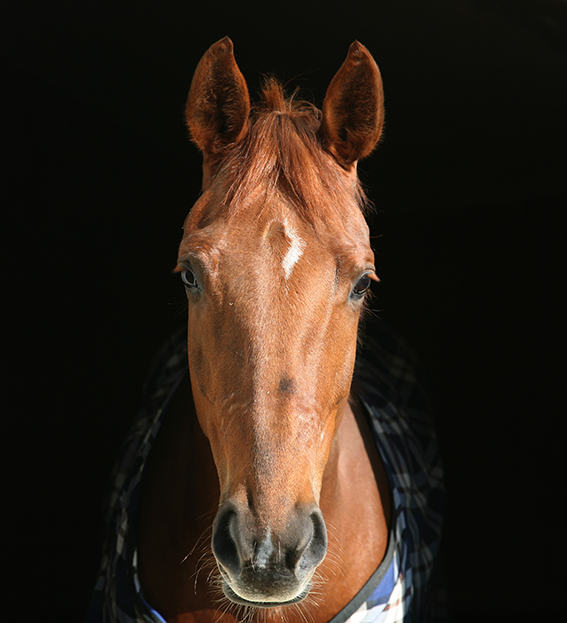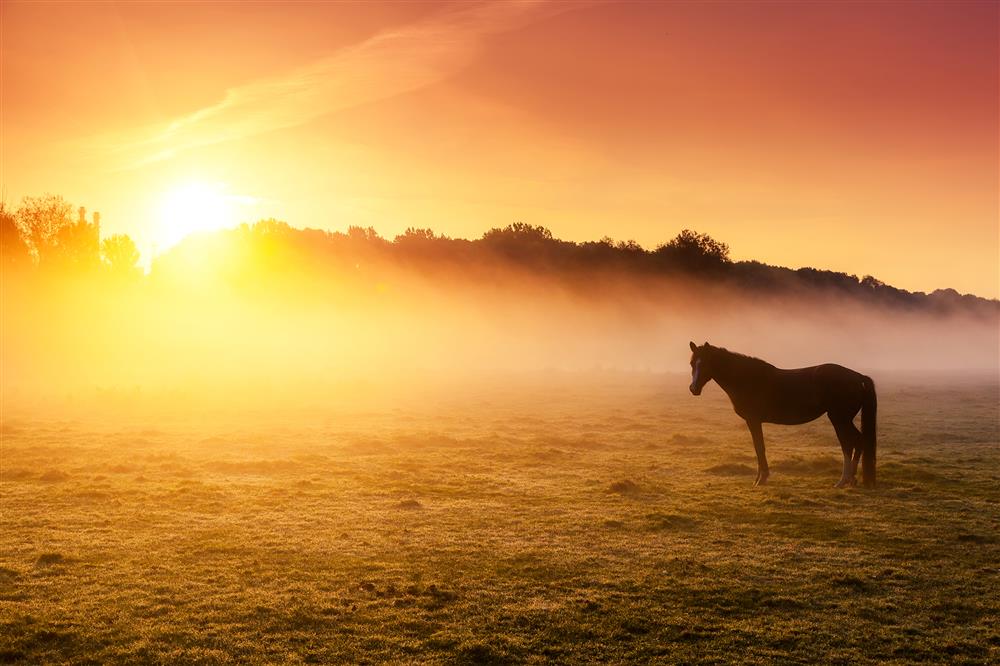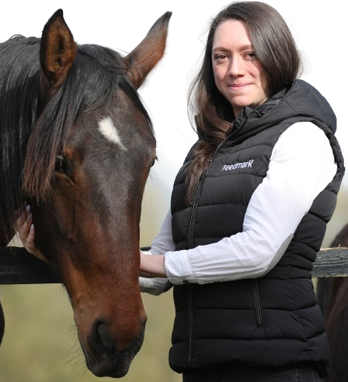Ask a non-horsey person what difference daylight saving time (DST) makes to them and you’ll probably get either a blank look or a mild grumble about days getting shorter. Ask a horse owner and be prepared for a long list of complaints.
For many owners, it means fewer chances to ride. For an unlucky minority, it means no riding at all or being restricted to a suitable regime at weekends coupled with appropriate strategies during the week. Even if you can juggle your schedule to ride in daylight, you’ll find yourself longing for the days to lengthen again.
If I lived in the north of Scotland, I might feel differently. But honestly, how can you take seriously a scheme first proposed in 1784 as a way of saving candles?
Whatever your views or circumstances, you need to make the most of whatever daylight you can devote to your horse and try and make any free time – even if it’s in the dark – as productive as possible. You might have to be creative, although I wouldn’t recommend some of the ways respondents to a survey on winter riding made the most of their time.
One wore a head torch and rode around her field after dark; I’m not sure whether that’s brave or mad, but it must come with a disclaimer that we don’t recommend it - and another rode bareback so she saved time on tacking up and could ride several horses in the time available. Bareback riding is great for showing you how your balance affects your horse, but there are limits…

If you’re an early bird, like a dedicated member of the Feedmark team, then at least you start your working day knowing that your horse has been exercised. She says she feels more motivated if she rides before work; however, this means she has to ride, untack, groom or wash off/dry her horse and be on her way by 7.15am.
She also has a challenge many will recognise: being restricted to an arena most of the time means finding different ways to keep your horse interested. Her mix of interval training, more intensive flatwork to focus on particular areas and work over poles could go on most riders’ menu. Poles on the ground are great for making horses and riders think; if you want some inspiration, read Schooling with Ground Poles by Claire Lilley (J A Allen).
Lungeing and long-reining can be hugely productive, as can in-hand work. Many trainers offer demos and clinics at this time of year and if you’re feeling jaded, you could pick up some ideas for improving your horse’s ridden work while you’ve both got your feet on the ground.
What if you have to ride at a different time of day after changing the clocks? Horses are surprisingly adaptable; experiments have shown that if their work schedules are shifted but kept stable at the new times, genes linked to muscle generation and repair are “switched on” just before the new exercise time.
Researchers have also found that management can affect the flow of hormones, thus minimising the effect of jet lag and seasonal changes. This applies to top end competition horses and racehorses, of course – unless your horse has booked himself a sneaky winter break in the sunshine – but one piece of advice from this research still holds.

That centres on the importance of a correct diet, ensuring that it contains adequate levels of macro- and micronutrients. In many cases, that will entail appropriate supplementation tailored to your horse and his needs.
Finally, the more preparations you can make when you have time off, or the more you can persuade/bribe one of your nearest and dearest to help, the easier you’ll find it to cope when the pressure is on. Little things like weighing up haynets at weekends might only save a few minutes, but translate those in terms of riding time and they become valuable minutes.
Here are a few survival tips from some of my horsey friends – if you can add to the list, please share them!
- Children enjoy filling and weighing a week’s supply of haynets, especially if you pay them. I’m told the going rate is 5p per net.
- When you’re in a hurry, you can ignore shavings in your horse’s mane and tail. As long as the areas where tack rests are clean and he’s cool and dry when you leave him, anything else is a bonus.
- Empty Feedmark tubs, with their close-fitting lids, make great containers for pre-weighed dry feed.
- If you can only walk your horse for 15-20 minutes, it’s still worth doing. It will help keep him supple and you can do a lot of schooling in walk.
- If several riders need to use an arena at the same time, make sure everyone knows and sticks to the basic rules. Children who don’t know their left from their right – and therefore can’t be trusted to follow the rule of riding left hand to left hand – shouldn’t be in there.
- If you’re going from the yard to your workplace, wear gloves for everything; keep cleaning wipes everywhere you can think of; and look in a mirror before you join your colleagues. If you don’t, you can guarantee that’s the day your horse will have transferred hay wisps or even bodily fluids to you or your outfit without you realising.
